It’s Easy to Grow Houseplants in Smart Pots
Smart Pots aren’t just for outdoor growing. While they’re perfect for vegetable, fruit, and ornamental flower gardeners, they’re also great for houseplant enthusiasts.
Why is it so easy to grow houseplants in Smart Pots?
- Because Smart Pots are made of lightweight, easy-to-carry fabric, it’s easy to transport even large houseplants to the utility sink or bathtub for proper watering. Most houseplants should be watered by allowing at least 20% of the water poured into the soil to drain back out through the drainage holes; this prevents fertilizer salts from building up to damaging levels and possibly harming the plant. Heavy ceramic and terra cotta pots make watering a real chore, but because Smart Pots are porous and light, they make in-the-sink irrigation a snap.
- Moving tropical houseplants, such as hibiscus and gardenias, indoors and out, based on the weather, is far less of a hassle when you grow houseplants in lightweight containers. To make it easier still, put the plants on trays with rolling casters and simply wheel them in and out as necessary.
- Because the roots of Smart Pot-grown plants do not circle, your houseplants will never become pot-bound. You’ll find yourself transplanting them far less frequently.
- Dark-colored Smart Pots absorb the sun’s heat on cold winter days, if the plants are grown in a bright window. Tropical houseplants, cacti, and succulents thrive when their roots are kept cozy.
Here is how to grow houseplants in Smart Pots:
Because growing houseplants in fabric containers is a bit different from housing them in traditional plastic or ceramic pots, here are a few things you’ll want to keep in mind.
- Be mindful of watering. Smart Pots are porous, so any water added to the plant may come out through the tiny holes in the fabric as it soaks into the soil. Houseplants growing in fabric containers are best watered where the water can easily drain, without risking harm to furniture, floors, or fabrics. Move them to the sink, bathtub, shower, or somewhere outdoors for watering.
- Use a drainage saucer. Put a saucer, lined basket, or plate beneath each one of your houseplants. Because Smart Pots absorb and hold moisture, letting them sit directly on furniture can lead to marks and water damage. Colorful charger plates from your local department store are a beautiful and decorative way to keep tabletops protected from water damage. Do not allow water to sit in the plate or saucer, however, as this can lead to root rot.
- Propagating is easy! As your favorite houseplants grow, many of them can be propagated via stem cuttings. Instead of starting cuttings of your favorite jade plant, baby tears, dracaena, or English ivy in plastic nursery pots, use a Smart Pot instead. Dip the base of a piece of cut stem in powdered rooting hormone and insert the cut end into a container full of fresh potting soil. After watering, cover the entire pot with a plastic bag to keep the humidity high until roots are formed. You can start several cuttings of the same plant in a single Smart Pot, and then transplant them into separate containers when roots form six to eight weeks later.
It’s easy to grow houseplants in Smart Pots and fill your home with green!
Learn more about managing plant pests in your new indoor houseplants here.
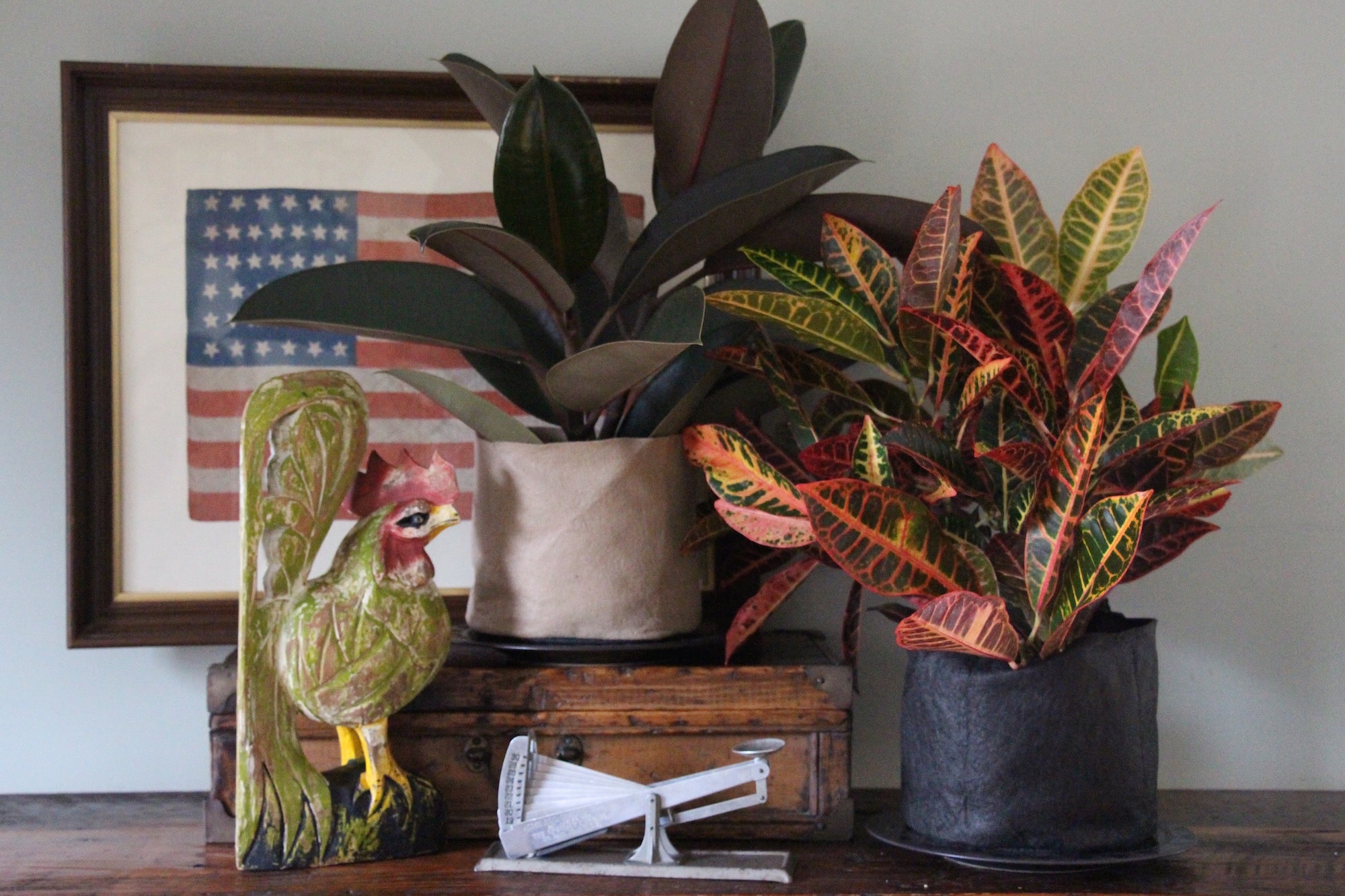
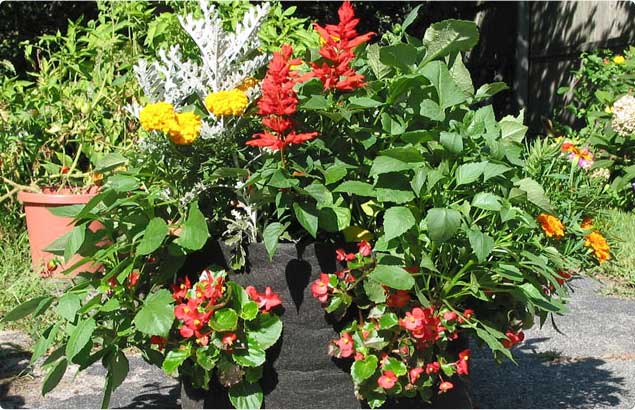
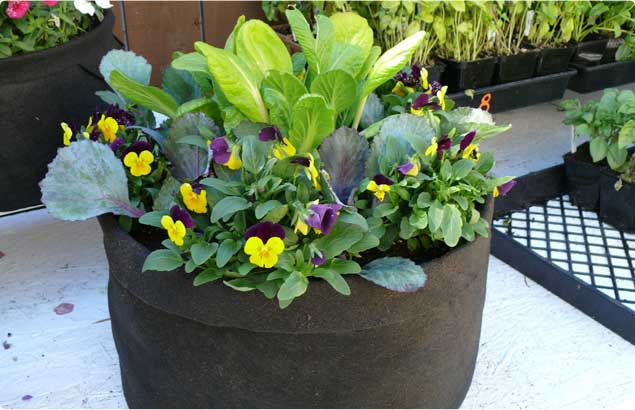
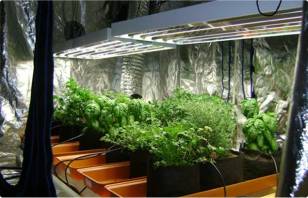


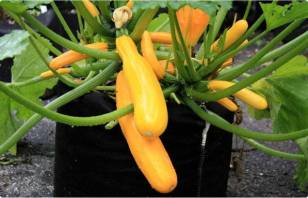
Hello,
Can I use Smart Pots for “double potting” hence putting them in larger plastic pots in order to hide the fabric?
You sure can! We recommend that you leave at least 1″ of space between the outside of the Smart Pot and the outer container to make sure the roots are properly air pruned.
Hi Kristina,
Yes you can use Smart Pots inside of larger plastic pots. Just be sure you have at least an inch of room around all sides.